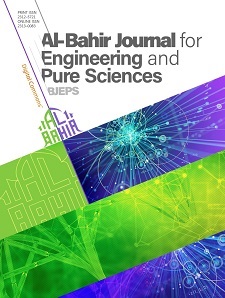Abstract
In this work, a procedure based on dispersive liquid₋liquid microextraction for lead (Pb) preconcentration and quantification in an environmental matrix by flame atomic absorption spectroscopy (FAAS) was applied. A case-study approach was chosen to obtain further in-depth information on the Pb levels. The green chemistry principles have been applied for the pretreatment and preparation of real samples by focusing on some features such as the volume of reagents/sample, employ of energy efficient equipment, and production of waste. A univariate strategy was utilized to achieve the optimum extraction conditions. 1750 µL of acetonitrile containing 100 µL of carbon tetrachloride, were rapid injection into: 12.0 mL of a sample solution adjusted the pH at 9.0 and 0.07 % (m v-1) Dithizone. The estimated limits of detection (LOD) and quantification (LOQ) under optimum conditions were 2.85 and 9.5 µg L−1, respectively. The enrichment factors EFs were found to be 60.6 (aqueous standards /DLLME₋FAAS) and 30.8 (matrix matched/DLLME₋FAAS). It was applied for the analyzing eleven environmental samples. The detectable Pb levels for water samples were ranged from 1.87 to 8.11 µg L-1, while in solid samples were ranged 0.39-4.66 µg g-1. The relative standard deviation for three concentrations (low, medium, and high) were found to be 10.64, 6.87, and 2.7, respectively. The presented system was validated by analyzing eleven environmental samples (water, bivalve molluscs, lettuce, and medicinal plants). The results indicated that high recoveries were obtained in the range of 92–104%. The lead concentration was found in these samples always lower than permissible maximum levels stipulated by Iraqi Standards Specifications 2009 (number 417) for neutral water. The DLLME/FAAS procedure has proven to be a fast, simple, low-cost, and efficient analytical protocol, therefore allowing for employing this protocol in routine analysis of trace metals in such matrixes.
